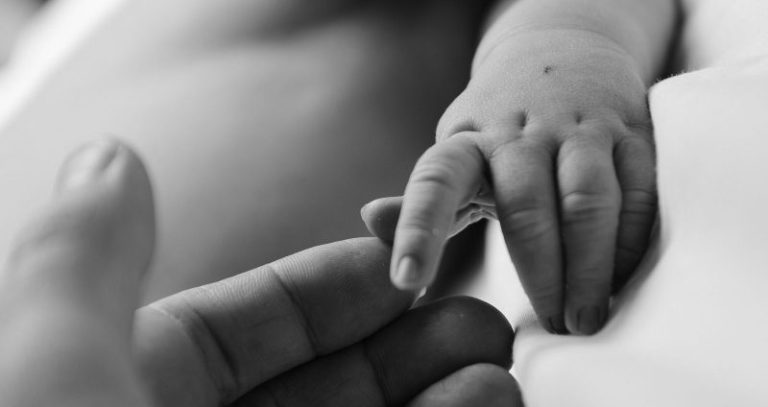Abusive head trauma (AHT) is the leading cause of infant death from physical abuse in the United States. According to researchers, clinicians miss approximately 30% of AHT diagnoses, often because clinical signs of trauma are unclear.
Last week in JAMA Pediatrics, a group of Pittsburgh researchers described a system for diagnosing AHT using a rapid blood test. The test uses chip-based microfluidics to measure serum biomarkers for acute intracranial hemorrhage. If approved for clinical use, the test could help trauma teams identify children who should undergo neuroimaging evaluation.
Test uses three biomarkers and one clinical variable
The test is based on a clinical algorithm developed by researchers at Children’s Hospital of Pittsburgh and University of Pittsburgh School of Medicine.
The team began by analyzing serum samples for a retrospective cohort of 99 patients. Using binary logistic regression, they develop a multivariable model that discriminates between infants with and without intracranial hemorrhage.
The model — known as the Biomarkers of Infant Brain Injury Score (BIBIS) — incorporates three serum biomarkers (matrix metallopeptidase-9, neuron-specific enolase and vascular cellular adhesion molecule-1) and total hemoglobin.
The team then evaluated the predictive ability of the BIBIS model in a prospective study of 599 infants at three U.S. hospitals. The study involved well-appearing infants less than one year old who presented with soft neurologic signs such as vomiting or fussiness, but with no history of trauma.
The study showed that the model is about 90% sensitive and 48% specific for acute intracranial hemorrhage. In comparison, clinical judgment is about 70% sensitive for brain bleeding, according to a press release from UPMC.
How the BIBIS test works
The test uses disposable “lab on a chip” technology that requires a blood sample of only 5 microliters. Each porous silicon chip contains hundreds of thousands of microchannels. The automated microfluidics system quickly measures all three BIBIS biomarkers.
When an infant tests positive for acute intracranial hemorrhage, the child would then receive further evaluation via brain imaging to determine the source of the bleeding.
“The researchers aimed for the test to be highly sensitive rather than maximizing accuracy, since missing a diagnosis has more serious consequences than performing brain imaging in babies without the condition,” according to the UPMC press release.
“The test is not intended to replace clinical judgment, which is crucial,” said senior author Rachel Berger, MD, MPH, chief of the Child Advocacy Center at Children’s Hospital of Pittsburgh and professor of pediatrics at the Pitt School of Medicine. “Rather, we believe that it can supplement clinical evaluation and in cases where symptoms may be unclear, help physicians make a decision about whether an infant needs brain imaging.”
More evaluation required before approval
The BIBIS test still needs to be validated in a larger population and receive regulatory approval before it can be used in clinical practice. If approved, the test could help clinicians detect mild forms of abusive head trauma that are more likely to be missed.
Routine use of BIBIS could also help reduce the use of head imaging in infants, eliminating unnecessary exposure to ionizing radiation in the developing brain, according to a press release from Axela, which developed the chip-based testing platform. “Preliminary studies indicate that the test may also be useful in identifying older children who have suffered intracranial injury due to accidental (sports and play) or abusive mechanisms.”

